Srikumar S. Rao, Ph.D., is the author of “Are You Ready to Succeed?” and “Happiness at Work”
. He teaches his ideas about how people can experience more fulfilling lives, both personally and professionally, in an MBA-level class called “Creativity and Personal Mastery”, which has been taught at the Columbia Business School, the London Business School, the Kellogg School of Management at Northwestern University, and the Haas School of Business at the University of California at Berkeley, among others.
Dr. Rao got his MBA from a top school in India, and his Ph.D. in marketing from Columbia University. Having read a lot of spiritual and mystical biographies, he decided to find a way to make those teachings applicable to work and to the corporate world. For those who are skeptical of his teachings, he simply asks them to complete the exercises and apply the concepts for a period of time, and then to evaluate whether their lives have improved.
Below you’ll find four happiness exercises taught by Dr. Rao to his MBA students. The resources used to write this post include excerpts from Dr. Rao’s two books, interviews conducted with Dr. Rao which I found online, a video from the TED.com site, and a Leading@Google talk given by Dr. Rao.
The “If . . . Then” Model
Happiness, explains Dr. Rao, is an underlying sense of well-being. He adds that it’s feeling, “I’m OK, I will always be OK, there is nothing that needs to happen for me to be OK, and there is nothing that can happen that will stop me from being OK”. In addition, he explains that this is our natural state of being, but we obscure it by thinking that something external has to happen in order for us to be happy.
He recommends that people try the following exercise in order to delve deeper into the question, “What do I need to be happy?”. Take out a piece of a paper and ask yourself what you need in order to be happy. Really think about it. Then, begin writing. You might find that you write down things such as those included in the list below.
I’ll be happy when:
- I start making more money.
- I find a life partner.
- I have a child.
- I get my degree.
- I change jobs, or I get a promotion.
- I have more leisure time.
- I lose weight.
- I get to go on vacation to Paris.
- I get recognition for my work.
- My book gets published.
- I move to a bigger apartment.
- My child starts doing better in school.
- My spouse gets a job.
- All my debts are finally paid off.
Once you’ve completed your list, look at it. Then get a red marker. As you read each item you’ve written down, draw a line across it with the red marker. Do this with all of the items you wrote down. Recognize that you don’t need any of those things in order to be happy.
Dr. Rao explains that there is nothing you have to get in order to be happy. He adds that anything that you can get, you can “un-get”. That is, you can lose it. Are you going to make your happiness contingent on getting something you may or may not get, and which you might lose once you get it? Happiness is something that’s innately within you. Happiness does not have to be acquired or achieved.
When asked whether people should set goals, Dr. Rao responds that goals are important, because they give direction to your life. The flaw in setting goals is making your happiness depend on achieving your goals: if I achieve this goal, then I’ll be happy. Dr. Rao adds that what matters is the process of working toward the achievement of your goals, not the outcome. He recommends that you adopt the following attitude:
- If you achieve your goal, you’ll be fine.
- If you don’t achieve your goal, you’ll also be fine.
In addition, Dr. Rao points out that there’s a paradox in that it’s more likely that you’ll get what you want once you stop insisting that things happen in a certain way.
Stop Labeling Things as “Bad”
“Be generous using the good label, and be extremely stingy using the bad label.” Dr. Rao
Dr. Rao explains that we have a tendency to label everything that happens to us as either “good” or “bad”. In addition, we use the “bad” label anywhere from 3 to 10 times more often than the “good” label. He recommends that we stop using the “bad” label. If something extreme happens which you can’t get yourself to label as “good”, then, at the very least, stop yourself from labeling it as “bad”.
Dr. Rao gives four reasons for his recommendation. They’re explained below.
The “Bad” Label Limits Your Ability to Notice Opportunities
Once you refuse to label something as “bad”, it opens you up to noticing possibilities that you wouldn’t have considered otherwise. Dr. Rao gives losing your job as an example:
If you think about losing your job as an opportunity to find something better that brings you greater joy and fulfillment–instead of looking at it as a bad thing–you’re better off. This is because your mind looks for evidence to support any belief that you’re currently holding. That is, if you think of losing your job as an opportunity, your mind will get to work on looking for evidence that this is true.
In the Moment You Can’t Really Know If Something is Bad
Think back: can you recall something that happened to you in the past which you labeled as “bad” when it happened, but which later turned out to be a blessing in disguise? Maybe you had your heard broken by someone, only to meet someone who was much more compatible for you a few months later. Recognize that when something happens to you, you don’t really know right away whether it’s good or bad.
The “Bad Label” Makes You Experience Negative Emotions
The act of labeling something as “bad” makes you experience negative emotions. When we tell ourselves that something is bad, the odds grow overwhelmingly that we will experience it as such. As an example, Dr. Rao tells the story of one of his students who had his cell phone stolen in the subway. The student saw a girl take his cell phone and run off with it, but there were lots of people in between them and he wasn’t able to catch her.
Initially, the student started telling himself that this was a very bad situation to be in, and he felt upset and angry. Then he decided to stop labeling the situation as being “bad”. Once he stopped doing this he thought of how lucky he was that his financial circumstances were such that he could easily afford to replace his cell phone, and this made him feel immense gratitude.
Labeling Something as “Bad” is a Waste of Time
Here’s a quote from Dr. Rao:
“Many who rise so triumphantly never label what they go through as bad and lament over it. They simply take it as a given as if they were a civil engineer surveying the landscape through which a road is to be built. In this view, a swamp is not a bad thing. It is merely something that has to be addressed in the construction plan.”
Instead of stopping to lament dead ends, setbacks, and obstacles, accept that that’s the way it is, and start looking for alternate routes. Think of a mouse running through a maze looking for cheese. If the mouse finds the path blocked by a wall, he simply turns around and looks for a different route. The mouse doesn’t sit down to lament his misfortune at having run across a wall. Dr. Rao advocates something which he calls extreme resiliency: every time you fall, bounce back up immediately and keep going.
Run a Diagnosis of Your Mental Chatter
Dr. Rao explains that your mental chatter, or internal monologue, is your constant companion. It’s with you from the moment you open your eyes in the morning, to the instant in which you drift off to sleep at night, constant and relentless. For many people, this mental chatter includes a lot of negative judgments, about themselves and about others.
The tool which Dr. Rao recommends that you use in order to perform a diagnosis of your mental chatter–to determine whether it’s mostly positive or negative, and how it’s affecting how you feel and how you act–is to carry a notebook around for two weeks. Do the following:
- Record your mental chatter, both positive and negative, throughout the day.
- Be as specific as possible.
- How many times do you beat yourself up during the day?
- Do you compare yourself unfavorably to others?
- Do you have feelings of inadequacy?
- Are you constantly thinking critical thoughts of others?
- Remember to write down your positive thoughts as well.
In addition, as you record your mental chatter, pay close attention to how your emotional state is tied to it. Which thoughts make you feel sad, angry, afraid, or dissatisfied? Which thoughts make you feel confident, peaceful, or grateful? Also, notice how your emotional state affects your behavior. Write all of this down in your notebook.
This process of paying attention to your inner monologue will gradually make you more and more aware of it. You’ll notice that this awareness leaves you less vulnerable to its sudden twists and turns. When your inner dialogue starts to turn negative, you’ll no longer be led haplessly down its destructive path. (Source).
Alternate Reality Exercise
For the alternate reality exercise, Dr. Rao has his students describe in detail a situation which is concerning them. This can be something at work or something in their personal lives. What the students don’t realize is that what they’re describing is not reality, it’s “a reality”. That is, it’s the reality they’ve constructed.
With the help of other students in the class, Dr. Rao then has them construct a different reality: one that is better for them and which they can get themselves to believe at some level. Then he has his students go out and live as if this alternate reality that they’ve come up with is their reality.
At first, the students are likely to come across a lot of evidence that shows that the alternate reality that they’ve come up with isn’t true. But they’ll also get some evidence that supports the alternate reality. Dr. Rao indicates that it’s important to write down any evidence that they come across that supports the alternate reality. Little by little, more supportive evidence starts to show up. This is because we see what we focus on. In addition, the universe conspires to bring people and situations to us that support our model of the world.
Dr. Rao’s students are always surprised at how little by little the alternate reality that they constructed becomes their new reality. And since the alternate reality is better for them, their quality of life improves.
Conclusion
Dr. Rao tells his students the following: “I have a vision for you. And that vision is that you get up each morning and your blood is singing at the thought of being who you are, and doing what you do. That as you go through your day you can literally sink to your knees in gratitude at the tremendous good fortune that has been bestowed on you. That as you go through your day you become radiantly alive.”
Then he adds: “If your life isn’t like that, I’d like to humbly suggest that you’re wasting your life.” The tools and happiness exercises that he offers are meant to help you get started on your journey to achieving the vision that he holds for you, and which you should hold for yourself.


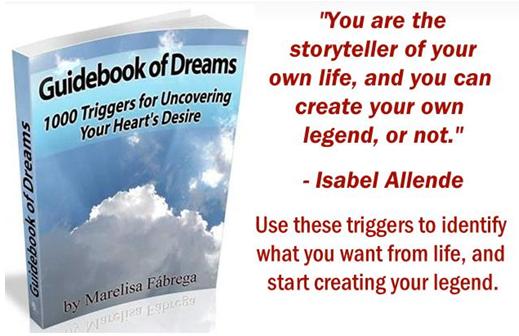
Related Posts:
1. 37 Tidbits of Higher Consciousness
2. 65 Happiness Quotes
3. Harvard’s Most Popular Course: Tal Ben-Shahar on How to Be Happier
Did you enjoy this article? Subscribe to “Daring to Live Fully” by clicking here and get free updates.


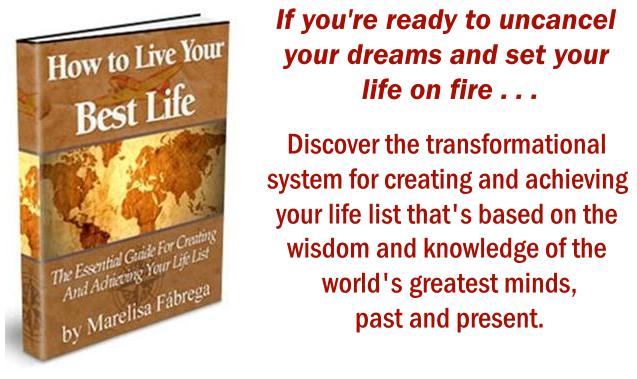
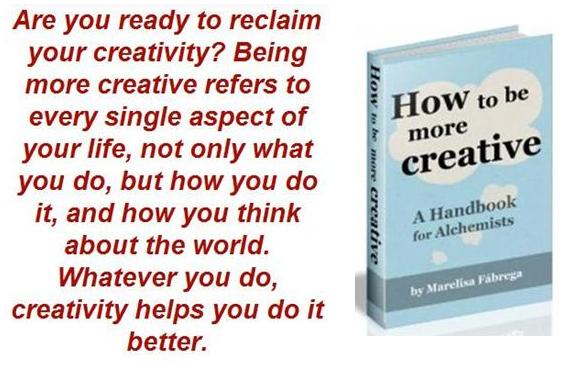
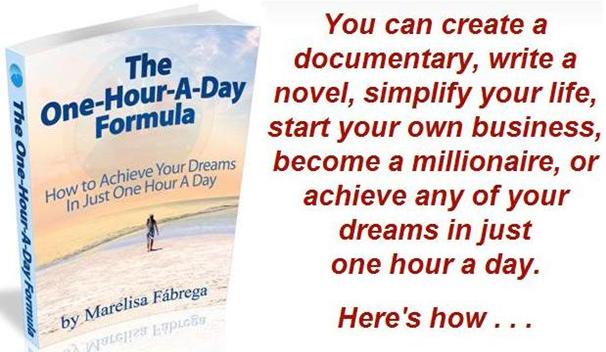
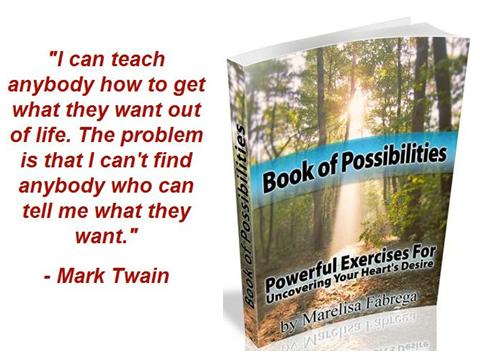


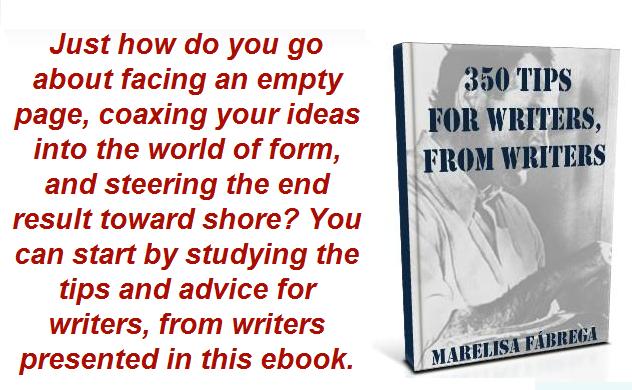
 Marelisa Fabrega is a lawyer and entrepreneur. She holds a Bachelor of Science in Business Administration from Georgetown University in Washington, D.C., as well as a Juris Doctor from the Georgetown University Law Center. You can learn more about her
Marelisa Fabrega is a lawyer and entrepreneur. She holds a Bachelor of Science in Business Administration from Georgetown University in Washington, D.C., as well as a Juris Doctor from the Georgetown University Law Center. You can learn more about her 






Comments on this entry are closed.
I like this article. It helped me to reframe what I have labeled as “bad.” From now on, I will start looking at an “event” as an “opportunity” to be the best self and discover the lesson revealed in the incident.
I also realized after reading this how often I’ve made up my mind about an incident even though it hasn’t happened to me.
Thank you for this article.
I’m glad you are still producing some of the best articles online in the personal and self development niche.